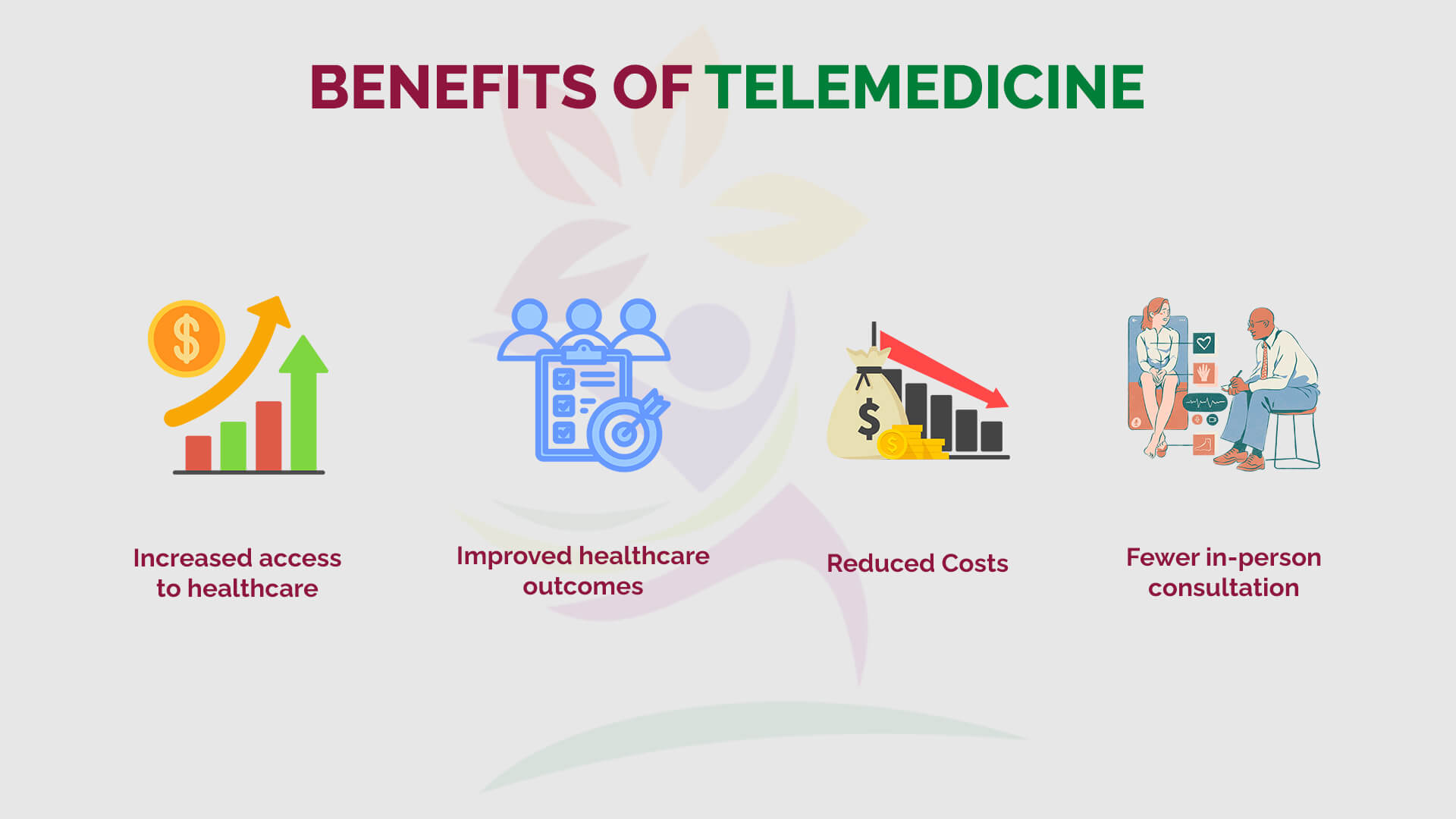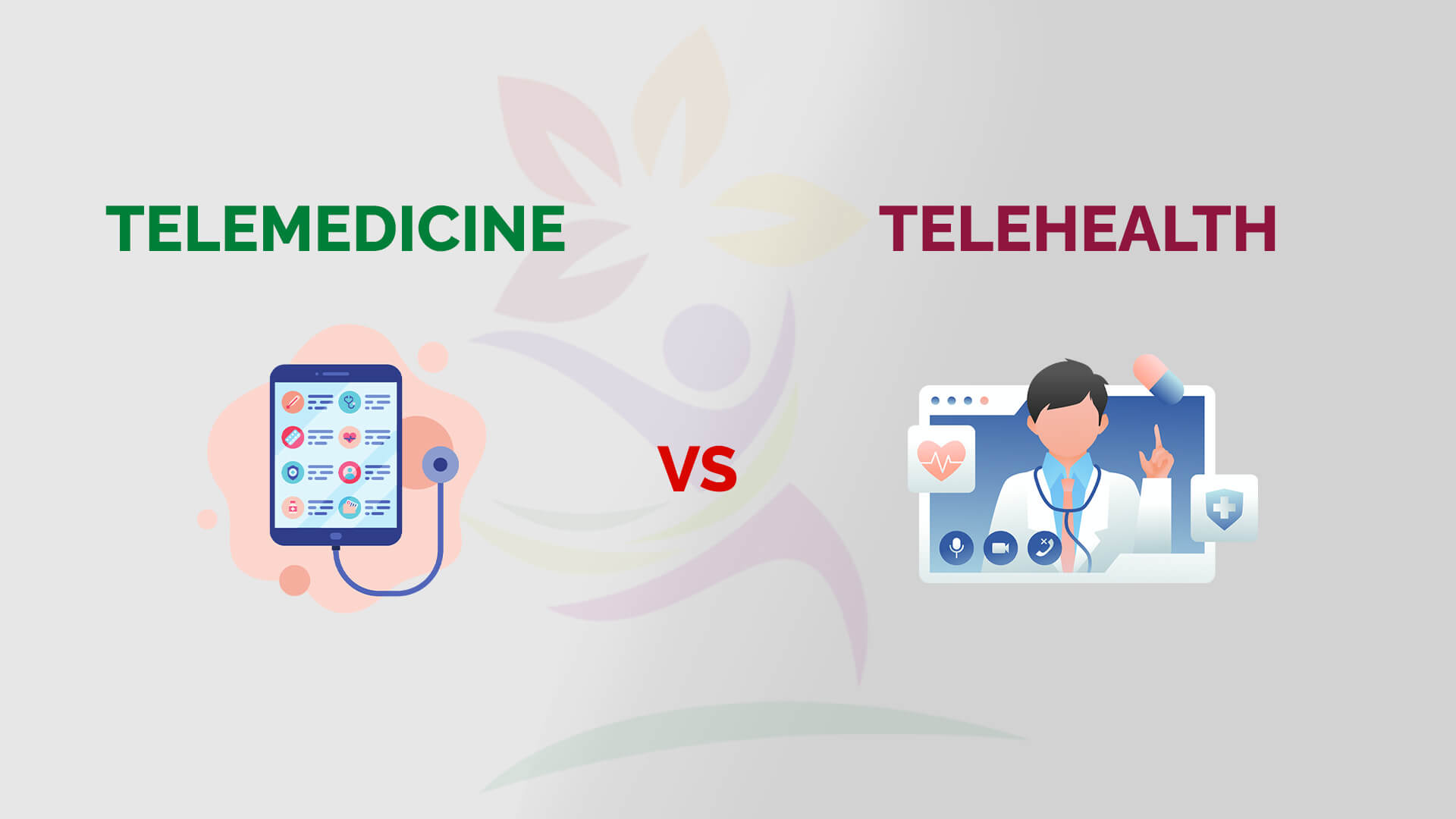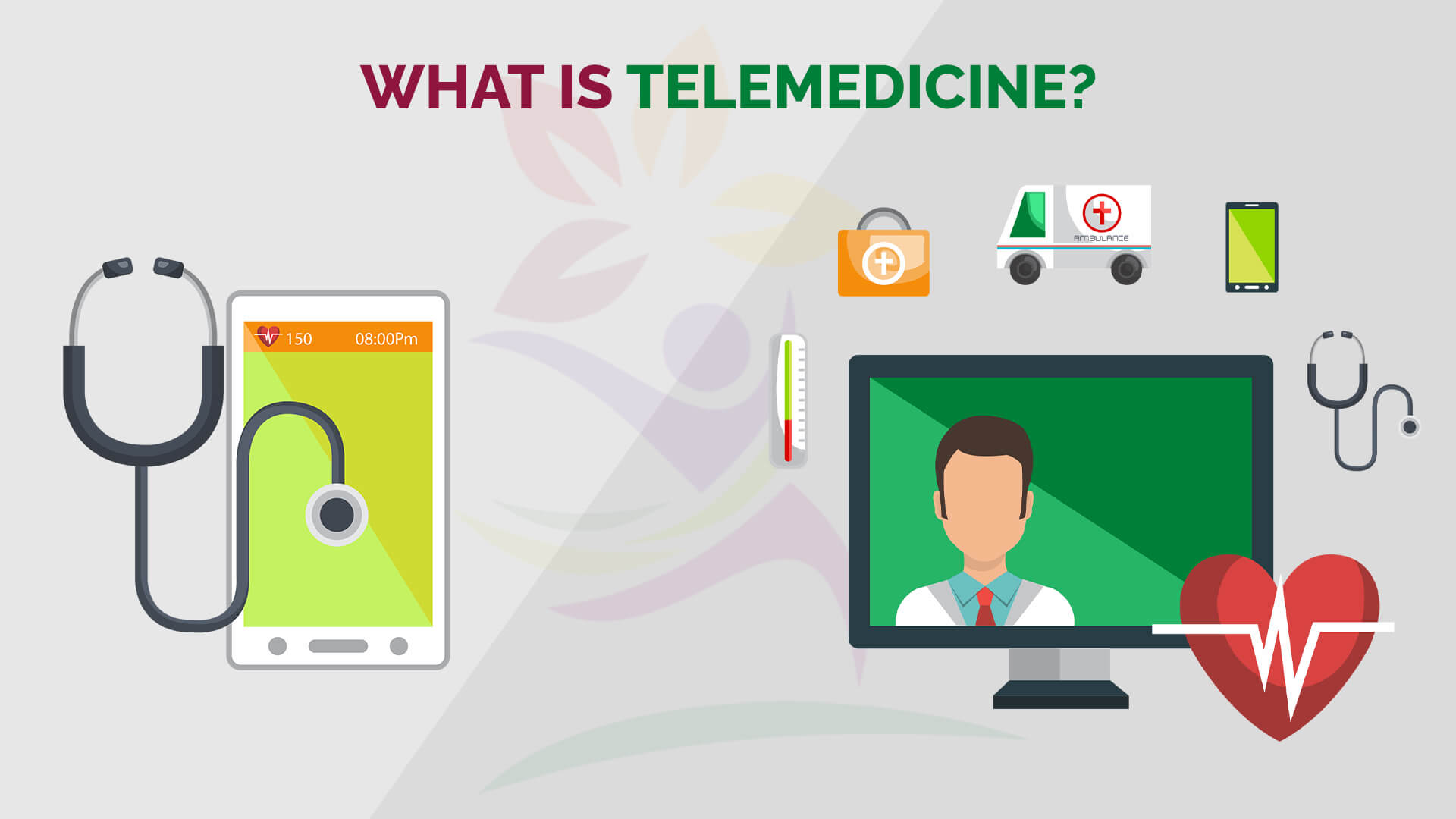The sector of health care has radically changed in the current digital era. This change has been made possible by the emergence of telemedicine.
Essentially, telemedicine is a novel tactic that facilitates the provision of medical attention through technology that enables patients and clinicians to meet virtually.
The purpose of this blog is to elaborate on telemedicine with specific reference to its definition, working process, and pros and cons before discussing its implications for Pakistan.
Table of Contents
ToggleWhat is Telemedicine?
The definition is provision of remote clinical services to patients using the internet, where the patient and the healthcare provider are not close to each other.
National Institute of Health (NIH)
Ways to offer telemedicine include video calls, sound calls, and text communication through secure messaging structures.
It’s meaning, in simple terms, makes it possible for healthcare providers to diagnose, treat, and check patients lacking being around them.
Telemedicine transforms healthcare services are provided by allowing patients to get medical attention from the comfort of their homes. No longer do cases require being fashioned where individuals travel long distances to see a doctor in a health facility for check-up.
Through this technology, patients can have checking-ups through interacting with the health provider online hence the man of geographical barriers to access healthcare.
How does It Work?
Telemedicine enables remote communication between health professionals and patients through a range of tools. Patients can visit doctors, get medical advice, or undergo tests for diagnostics without having to pay to visit hospitals.
By utilizing platforms like telephone consultations, video calls and secure messaging platforms Healthcare professionals can provide prompt and efficient medical care to people regardless of where they are.
What is Telemedicine Health Care?
Within the health sector, Telemedicine is a vast range of options that aim to enhance access to care for patients and improve access.
This includes virtual consultations where patients can interact with health doctors through remote monitoring of patient vital signs with sensors on wearable devices or special devices.
The electronic prescription of medication for medication management & tele-education programs add regular instruction for competent growth opportunities for healthcare professionals.
Telemedicine changes the delivery of healthcare using technology to eliminate geographical limitations, improve patient outcomes, and speed up the provision of medical care.
What is the Business Model?
The telemedicine business model usually involves healthcare providers providing solutions either on their own or in partnership with platforms.
They often aid in connections between healthcare professionals and patients as well as ensuring compliance with pertinent laws.
Benefits of Telemedicine

For Patients:
Benefits for patients are like getting a doctor right in your pocket! It’s incredibly simple to use and eliminates having to travel far to see a physician. Additionally, you won’t need to wait in waiting rooms for hours. Get all the benefits that you require at home!
For Doctors:
Telemedicine lets doctors become superheroes! Doctors can benefit numerous people by managing their time more efficiently and consulting patients in distant locations. It’s like having your own virtual doctor’s office inside your laptop!
For Rural Areas:
Telemedicine is an essential resource for people living in rural areas of Pakistan especially! In areas that are far from major medical facilities, telemedicine is there to benefit. It allows you to talk with experts while driving miles. You can have the convenience of a large-city physician right at your local home!
For Hospitals:
This can be described as a magical wand that hospitals can use! It helps everything run more smoothly as waiting rooms don’t get overflowing. The hospitals will be able to handle more patients, make use of their facilities more effectively and make everyone happy!
Advantages and Disadvantages
Telemedicine Challenges improve accessibility as well as efficiency, comfort, and convenience in the delivery of healthcare. It decreases healthcare expenses as well as improves satisfaction for patients and allows for prompt intervention during emergencies.
This technology can pose problems due to technology-related obstacles, privacy issues as well as compliance with regulatory requirements. This could also hinder the physical exam as well as the hands-on interactions with healthcare providers and patients.
Types of Telemedicine
Telemedicine vs Telehealth
Telemedicine vs Telehealth are frequently used interchangeably. However, there are some distinctions. It usually refers to remote diagnosis and care of patients with technologies for telecommunications.
It is a direct communication between health personnel with patients, including remote consultations, as well as monitoring. However, it encompasses a wider range of health services comprising non-clinical services such as educational and administrative functions remotely monitoring patients.
While telemedicine is focused mainly on medical care, however, telehealth covers a broad spectrum of healthcare-related tasks.

Telemedicine vs Virtual Visits
In some ways, telemedicine vs virtual visits are alike, but the principles of functioning differ significantly.
Simply it involves any consultation that doesn’t require the physical presence of a patient and technology use, such as telephone or encrypted notes. It is the only way to interact with a specialist.
Consultations are usually centred on the treatment and diagnosis of ailments that require medical intervention and consideration.
However, online consultation is generally used to refer to virtual visits with a health professional. The medical care services are divided into non-clinical treatments, including counselling, follow-up meetings, and general health questions.
Tele-medicine follows a clinical structure, still, the two can help reach healthcare from behind. Then again, it is more restricted to the clinicians and could influence a few others on following.
Telemedicine vs Virtual Care
The terms telemedicine vs virtual care are two closely connected concepts with the exact objectives, but they have different scopes.
It focuses primarily on remote medical care, such as consultation diagnostics, treatment and treatments together with the most recent technologies.
The technology allows patients to get health care anywhere and anytime without the need for visits in person to health centres.
Virtual care, on the contrary, covers an array of health solutions that can be delivered remotely. It includes the provision of clinical care, preventive healthcare and chronic disease management and health programmes.
Telemedicine focuses on specific the clinical aspect, virtual care is designed to give health services that are comprehensive by together digital technology, which can address the medical as well as non-medical requirements.
Telemedicine vs Telecare
Both are similar concepts with distinct functions in the delivery of healthcare. Telemedicine is focused on remotely diagnosing and treating medical ailments that allow patients access to medical care at the comfort of a distance.
This involves direct interaction between healthcare providers and patients generally through video calls, telephone consultations or encrypted messaging platforms.
Telecare could involve equipment like wearable sensors, remote monitoring systems or intelligent home technologies to monitor health indicators such as activity levels and also medication adherence.
Telemedicine appointment VS Telehealth appointment
Telemedicine appointments vs. Telehealth appointments as well as telehealth consultations require remote consultation between healthcare professionals.
The terminology used can differ based on a particular situation as well as the services provided by healthcare professionals.
Telehealth Services in Pakistan
Telehealth Services in Pakistan are growing in popularity, especially in urban areas with limited access to medical facilities, which could be restricted.
Many telemedicine firms such as www.fitwellhub.pk provide remote consultations, virtual monitoring, as well as online pharmacy services in Pakistan that cater to the changing needs in healthcare for populations.
The government of Pakistan also provides POLICY FOR TELEMEDICINE in Pakistan that has the potential to transform the healthcare landscape, especially in the poor and rural areas.
Through the use of the latest technology, it can be able to overcome geographic barriers, increase healthcare access, and improve the quality of overall medical treatment.
Online doctors and pharmacies in Pakistan provide greater convenience and ease of access to medicines and healthcare services. Patients are now able to consult with qualified doctors and buy prescription drugs online. This saves both time and energy.
Conclusion
Telemedicine is a professional revolution in medicine where patients are being examined by trained medical experts with the help of live communication technologies involving the Internet. Telemedicine is free from geographical constraints because it gives more convenience to the patients to see a doctor in a location comfortable.
There are lots of barriers in the ways of telemedicine – technology and privacy issues, but it still has its benefits such as expanding patients’ accessibility and streamlined delivery.
In Pakistan, the more widespread presence of telemedicine is an emerging trend, particularly in areas of the country that are densely populated and are less accessible regarding healthcare and medical services.
Collaboration efforts must be in place to pave the way for this efficient integration and the resultant maximal positive impact of telehealth on healthcare for all across the country.
Frequently Asked Questions (FAQ’s)
An example would be a remote consult with a patient-doctor through video calls where the physician provides the patient with medical advice as well as treatment suggestions.
This consultation is an interaction through a distance between the patient and the health competent for diagnosis, treatment or advice. This is done through the use of telecommunications technology.
The typical process involves making an appointment, connecting to a healthcare competent through an online platform for communication, discussing the medical issue, receiving a diagnosis or treatment advice in addition to obtaining prescriptions as required.
It may also be described as telehealth or even virtual healthcare, which all require remote healthcare provision together with technology.
Three particular examples are virtual consultations with physicians, remote monitoring of patient’s vital indicators, and the electronic prescription of medicines.

